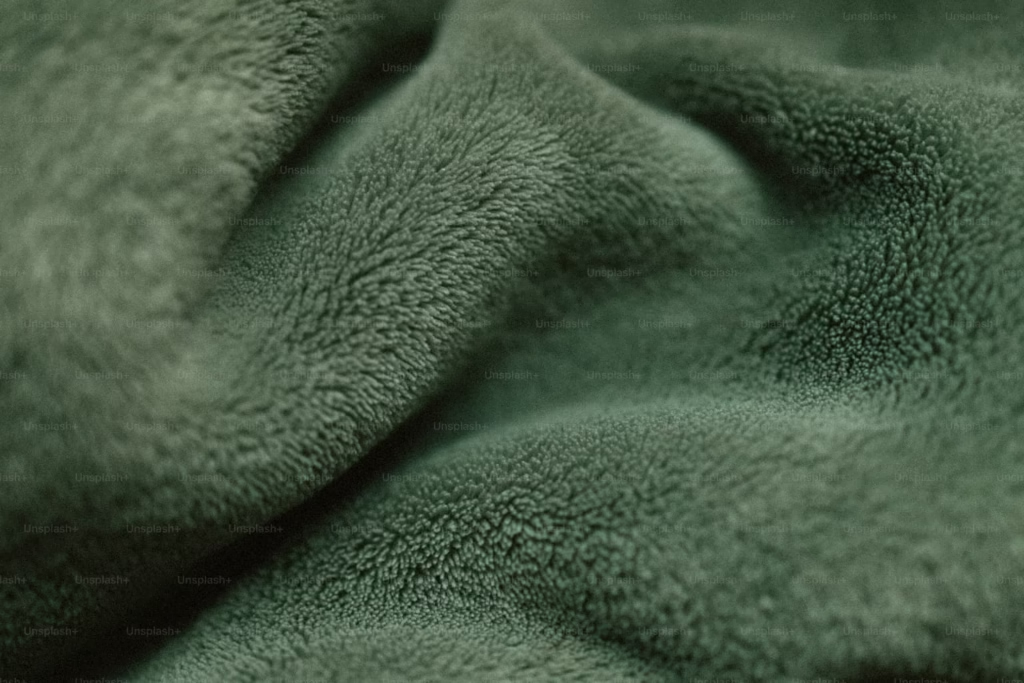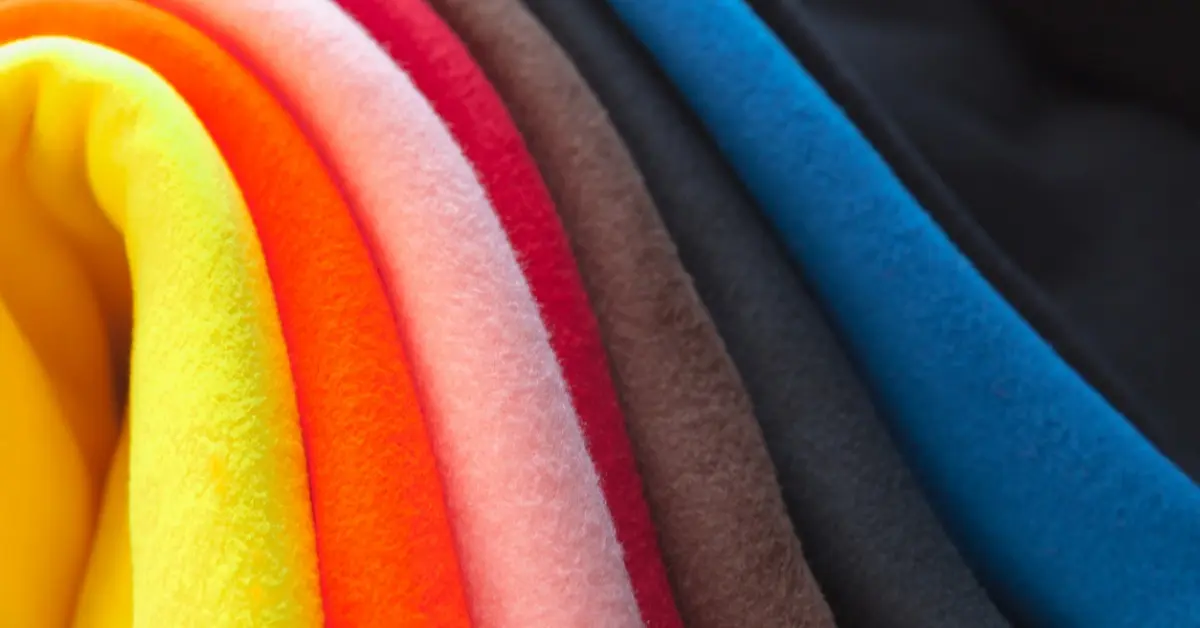When the temperatures drop and you’re looking for a cozy, lightweight option to keep warm, fleece often comes to mind. Soft, plush, and insulating, it’s a material that’s found in jackets, blankets, sweatshirts, and even hats and gloves. It is a natural fiber like wool, or something entirely different. In this article, we’ll dive into the science behind fleece fabric, exploring its composition, how it’s made, and how it compares to other insulating materials. Fleece is a popular material that has become synonymous with warmth and comfort, especially during the colder months. It’s soft, lightweight, and breathable, making it an excellent choice for jackets, blankets, scarves, and even activewear.
Fleece Fabric: A Synthetic Creation

While many people associate fleece with something naturally derived, such as wool from sheep, modern fleece is almost always a synthetic fabric. The most common material used in the production of fleece is polyester, which is a type of plastic made from petroleum-based resources. The process begins with the extraction of petroleum, which is then refined into ethylene glycol and terephthalic acid, the building blocks of polyester.
Once the polyester is created, it is melted and spun into fibers. These fibers are then knitted or woven into a fabric that can be brushed to create the characteristic soft, fluffy texture we recognize as fleece.
The Process of Making Fleece
The creation of fleece involves several key steps:
- Polyester Production: As mentioned, the first step is to produce polyester fibers from petroleum-based products.
- Weaving or Knitting: The polyester fibers are woven or knitted into a fabric. Knitting creates a more flexible, stretchy material, while weaving offers a smoother texture.
- Brushing: To achieve the soft, fluffy texture, the fleece fabric is brushed on both sides. This brushing lifts the fibers, creating air pockets that trap heat and provide insulation.
- Finishing Touches: Once the fleece has the desired texture, it’s often treated to make it water-resistant, more durable, or resistant to pilling. In some cases, fleece is also dyed to achieve various colors.
Fleece vs. Wool: What’s the Difference?

At first glance, fleece might seem very similar to wool, especially since both fabrics are used for warmth. However, there are several important differences between the two.
- Source: Wool comes from the fleece of animals, typically sheep, and is a natural fiber. Fleece, on the other hand, is made from synthetic polyester.
- Warmth and Insulation: Both fabrics are great at trapping air and keeping warmth in, but fleece tends to be lighter and thinner than wool, while still providing comparable insulation.
- Moisture Wicking: Polyester fleece excels in moisture-wicking properties, meaning it can pull sweat away from the skin, making it a popular choice for activewear. Wool also has moisture wicking properties but tends to retain some moisture, which can make it heavier when wet.
- Maintenance: Fleece is generally easier to care for than wool, as it doesn’t require special washing instructions and can be machine-washed and dried. Wool, by contrast, often requires more delicate handling to avoid shrinkage and damage.
Is Fleece Sustainable?
One of the major concerns surrounding fleece is its environmental impact. Since fleece is made from polyester, it’s inherently a plastic based fabric, which can shed microplastics when washed. These microplastics can eventually make their way into our waterways and oceans, contributing to pollution.
However, there are more eco-friendly options available. Some fleece is made from recycled polyester, which is derived from plastic bottles or other post-consumer plastic waste. This helps reduce the amount of virgin plastic needed in fleece production and keeps waste out of landfills. Some companies are also working on developing fleece that sheds fewer microplastics during washing, further reducing the environmental impact.
Conclusion
So, what is fleece made out of, really? It’s a synthetic fabric primarily composed of polyester, created through a process that involves melting, spinning, and brushing to achieve its signature soft texture. Though it shares some similarities with wool, fleece is a lighter, moisture-wicking, and more affordable alternative. Whether made from virgin polyester or recycled materials, fleece remains a go to choice for warmth and comfort but like all materials, its environmental impact is something we should keep in mind as we make more sustainable choices for the future.

Leave a Reply